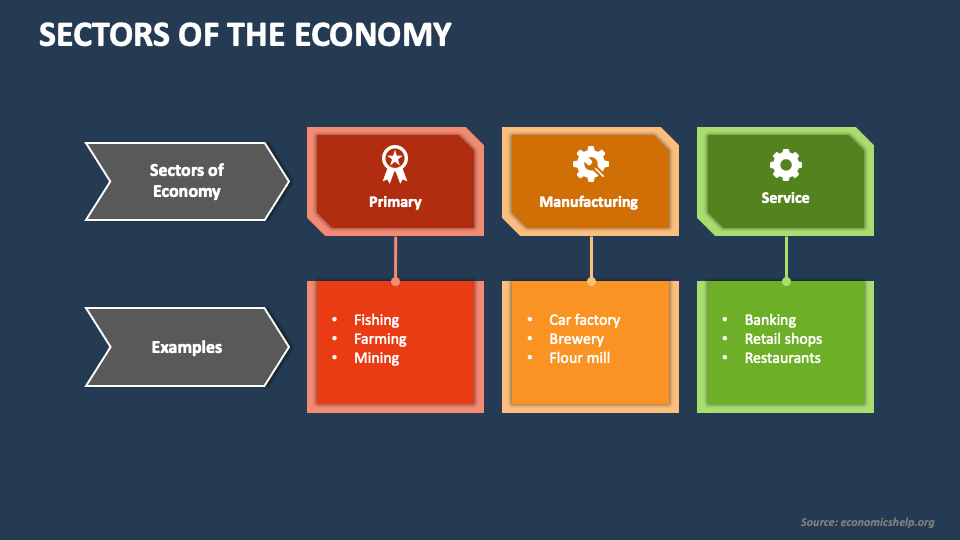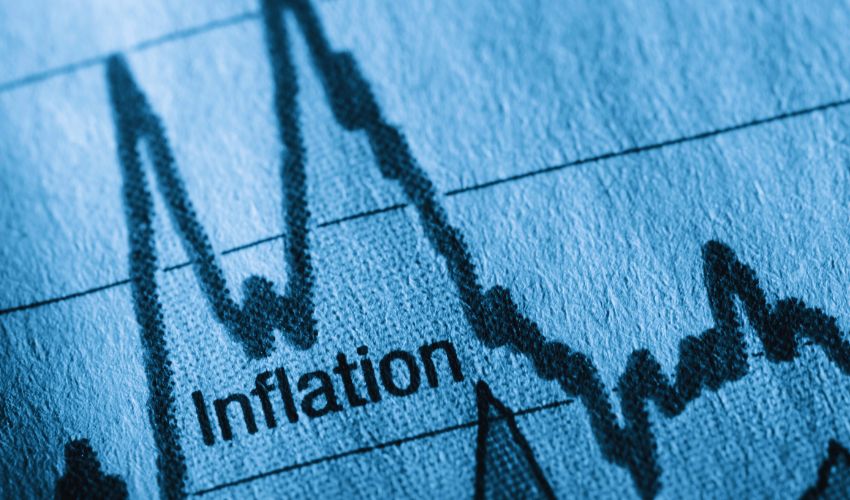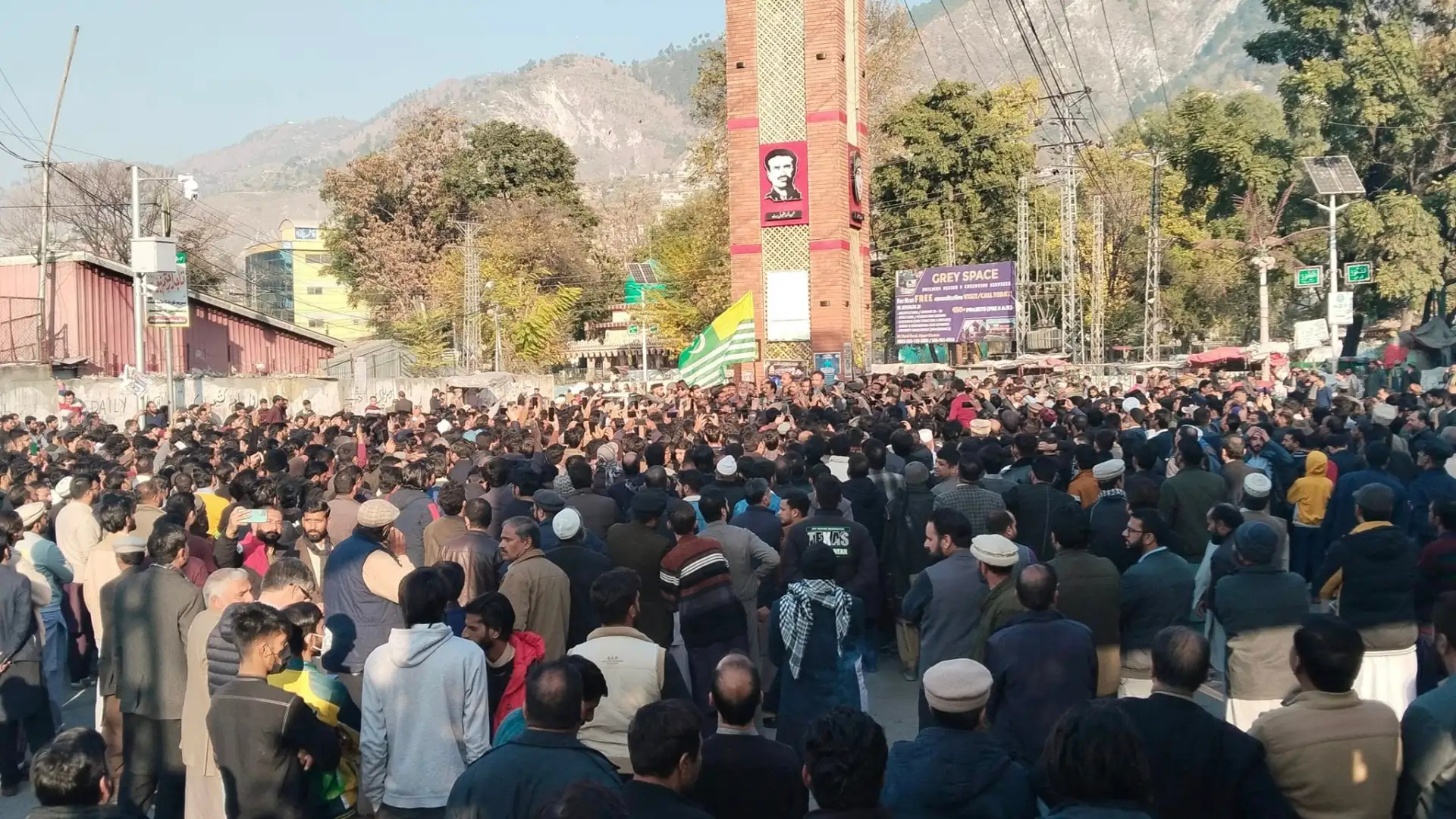Editorial
World Tsunami Awareness Day is a momentous occasion to raise awareness and share innovative approaches to reduce the risk of tsunamis and coastal hazards. It also aims to promote a culture of preparedness and resilience among the people living in vulnerable areas.
Tsunamis are rare but devastating natural disasters that can cause massive loss of life and damage to property and infrastructure. They are triggered by underwater disturbances such as earthquakes, volcanic eruptions, landslides, or meteor impacts. They can travel at high speeds across the ocean and reach the shore with little or no warning, leaving little time for evacuation and response.
According to the United Nations, in the past 100 years, 58 tsunamis have claimed more than 260,000 lives, or an average of 4,600 per disaster, surpassing any other natural hazard. The most deadly tsunami in recent history was the Indian Ocean tsunami of 2004, which killed an estimated 227,000 people in 14 countries. The disaster also exposed the lack of an effective early warning system in the region, which could have saved many lives if timely alerts were issued and received.
In response to the 2004 tsunami, the international community adopted the Hyogo Framework for Action, a 10-year plan to reduce disaster risk and build resilience. They also established the Indian Ocean Tsunami Warning and Mitigation System, which consists of seismographic and sea-level monitoring stations and national tsunami information centres. These efforts have improved the capacity and coordination of the countries in the region to detect and respond to tsunamis.
Please, subscribe to the monthly magazines of republicpolicy.com
However, the threat of tsunamis remains, especially as the population and development in coastal areas increase. According to the World Health Organization, over 700 million people in low-lying coastal areas and Small Island Developing States are exposed to extreme sea-level events, including tsunamis. Moreover, tsunamis can have a disproportionate impact on the poor and marginalized groups, who often lack access to information, resources, and safe evacuation routes.
Therefore, it is essential to continue to raise awareness and educate the public about the signs and risks of tsunamis and how to act quickly and safely in case of an emergency. It is also important to invest in disaster risk reduction measures, such as strengthening coastal infrastructure, enhancing early warning systems, and developing contingency plans. Furthermore, it is vital to address the underlying causes of vulnerability and inequality, such as poverty, discrimination, and environmental degradation, that make some people more susceptible to the effects of tsunamis and other hazards.
World Tsunami Awareness Day is a reminder of the need to work together to prevent the hazard from becoming a disaster. By fighting inequality and promoting resilience, we can protect ourselves and our future generations from the devastating impacts of tsunamis.
Please, subscribe to the YouTube channel of republicpolicy.com

















































